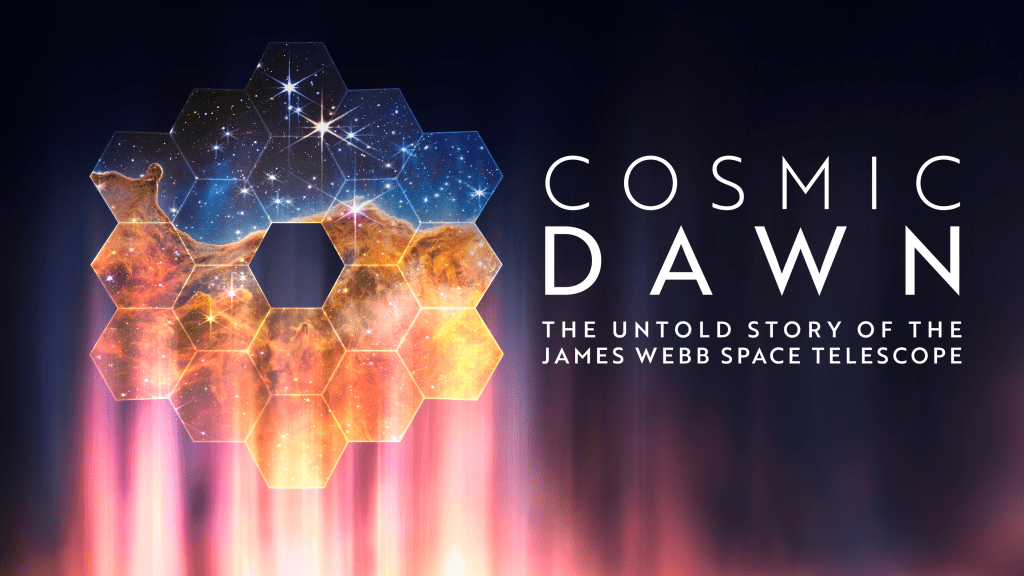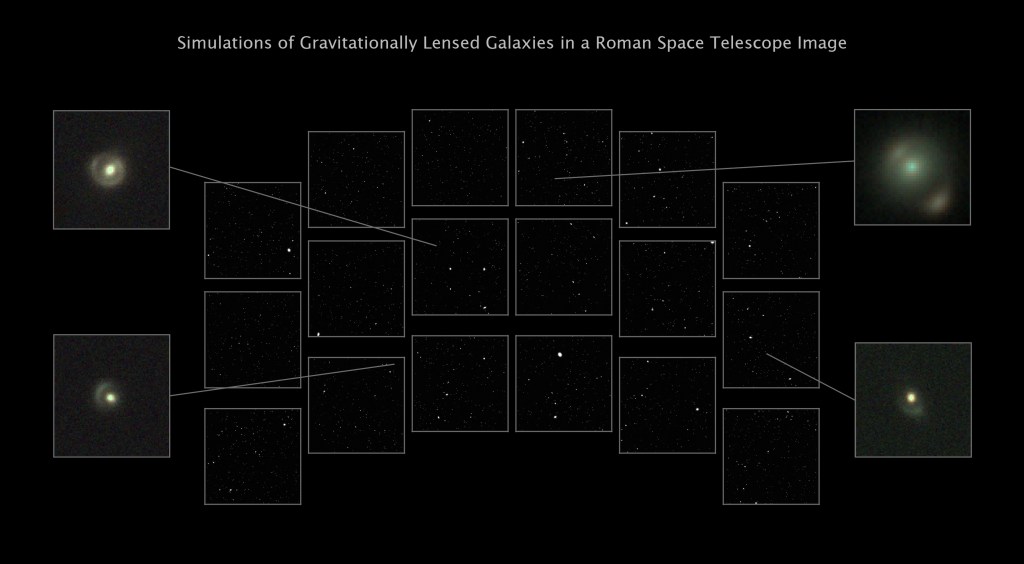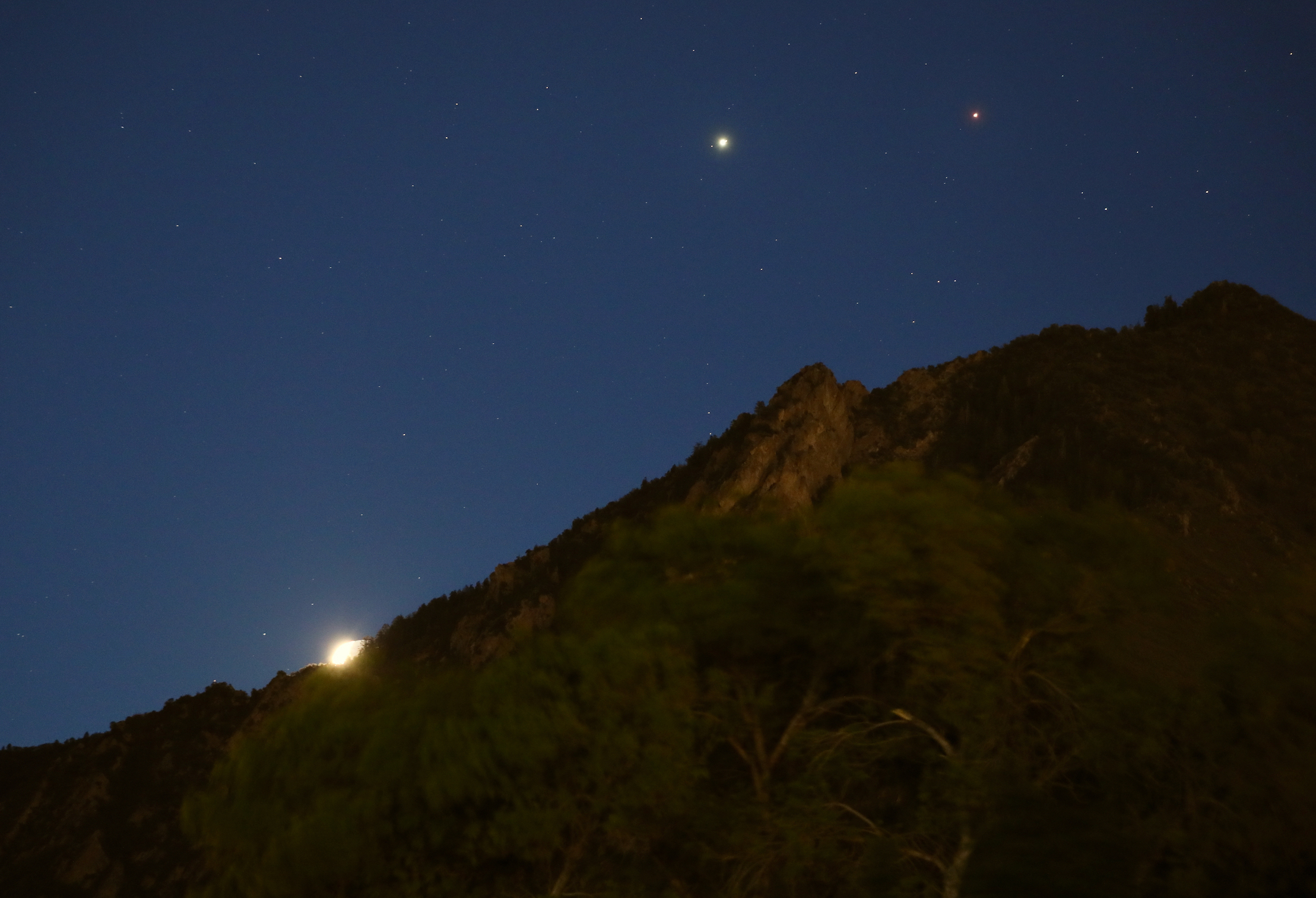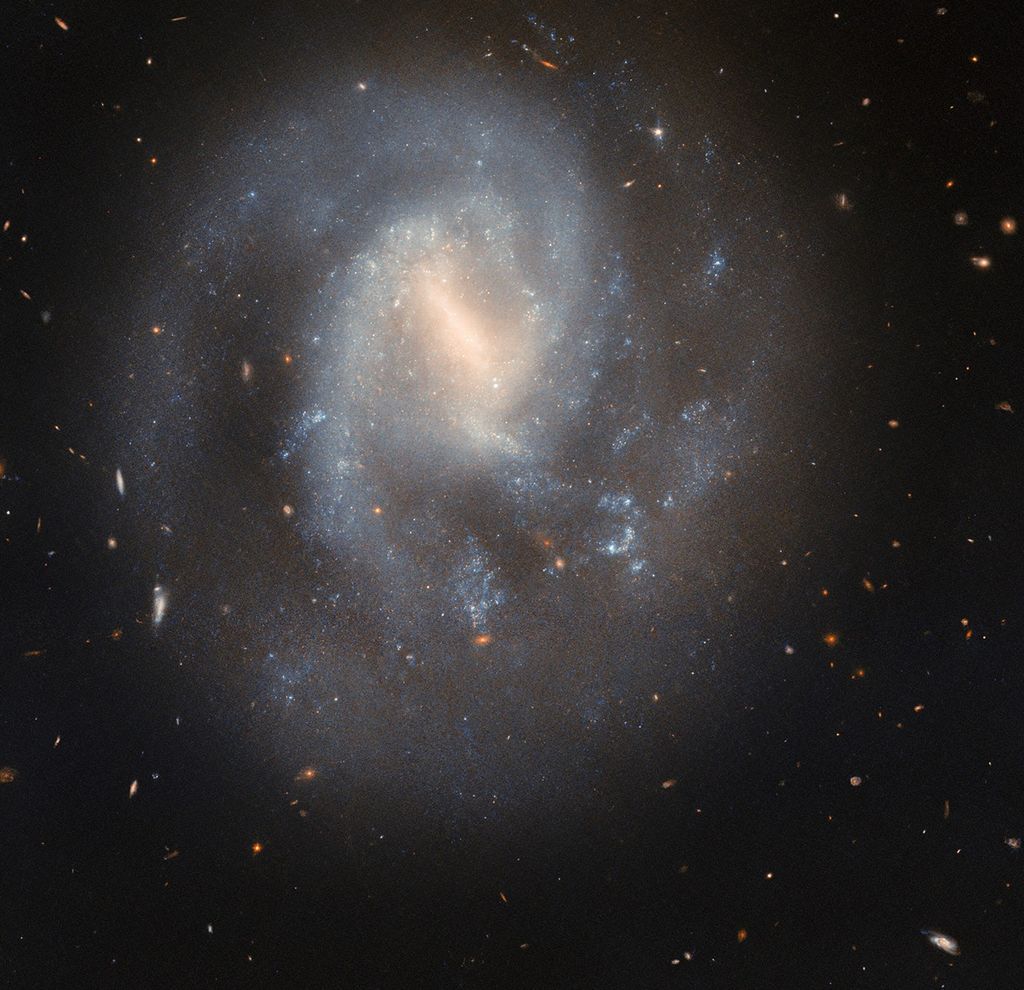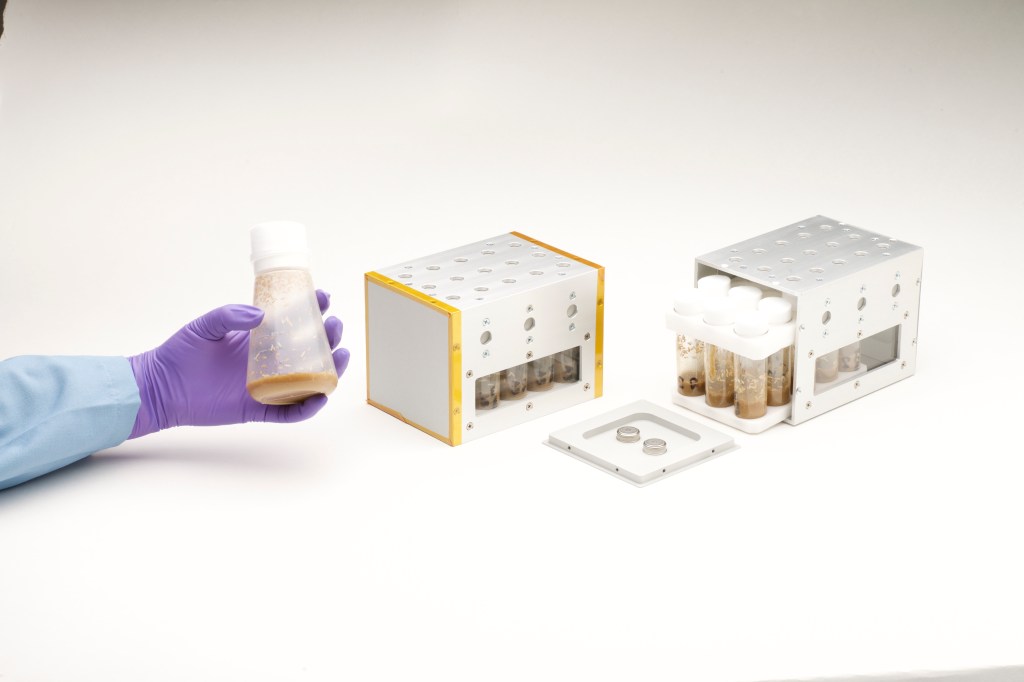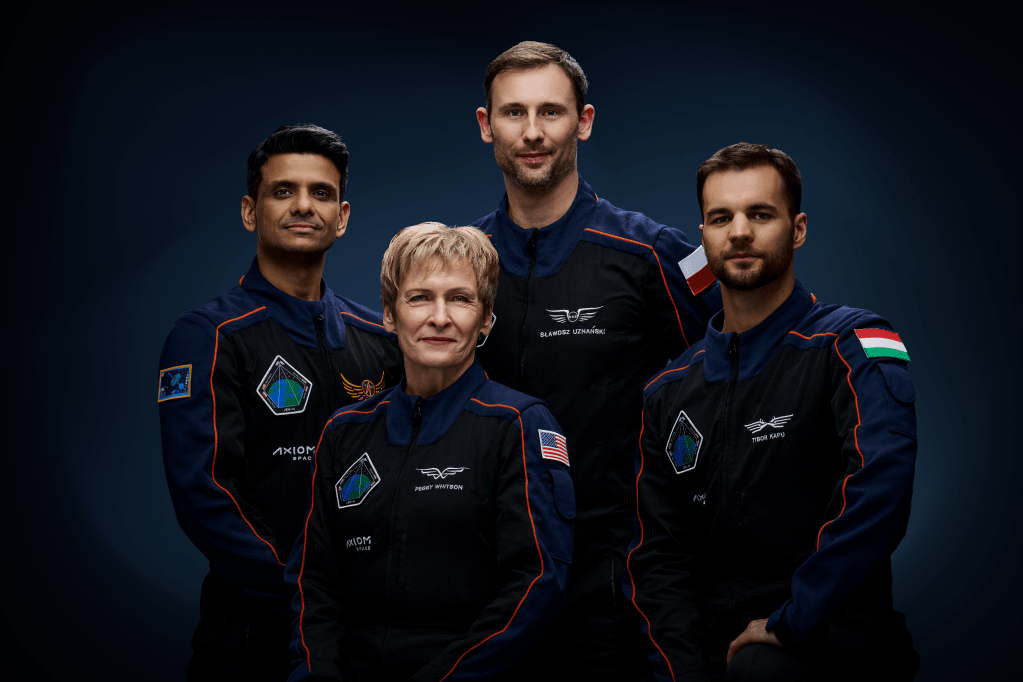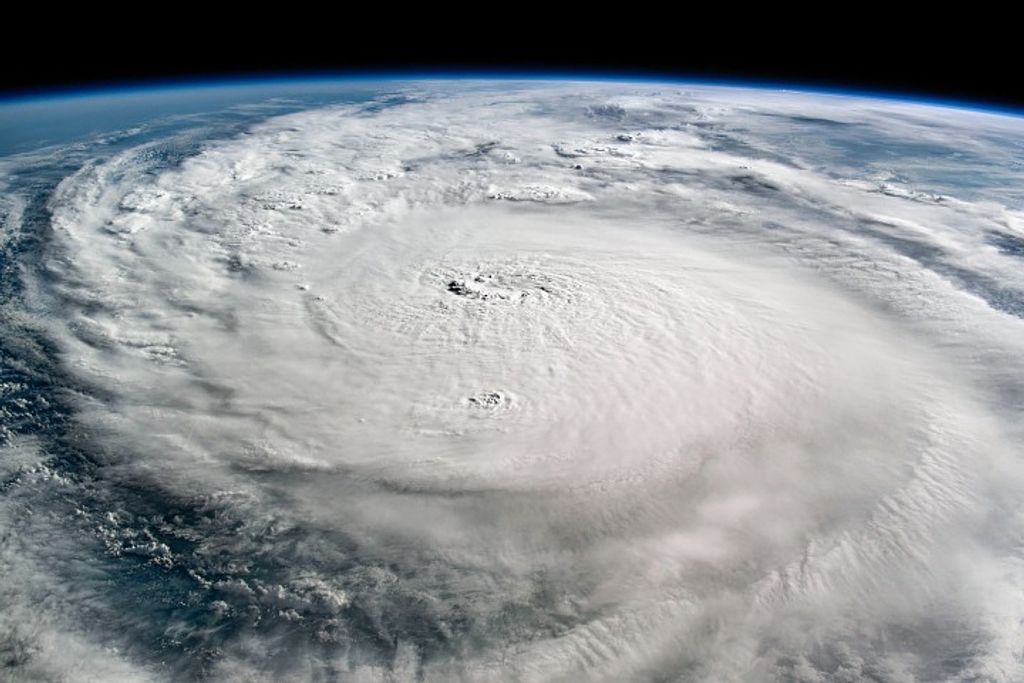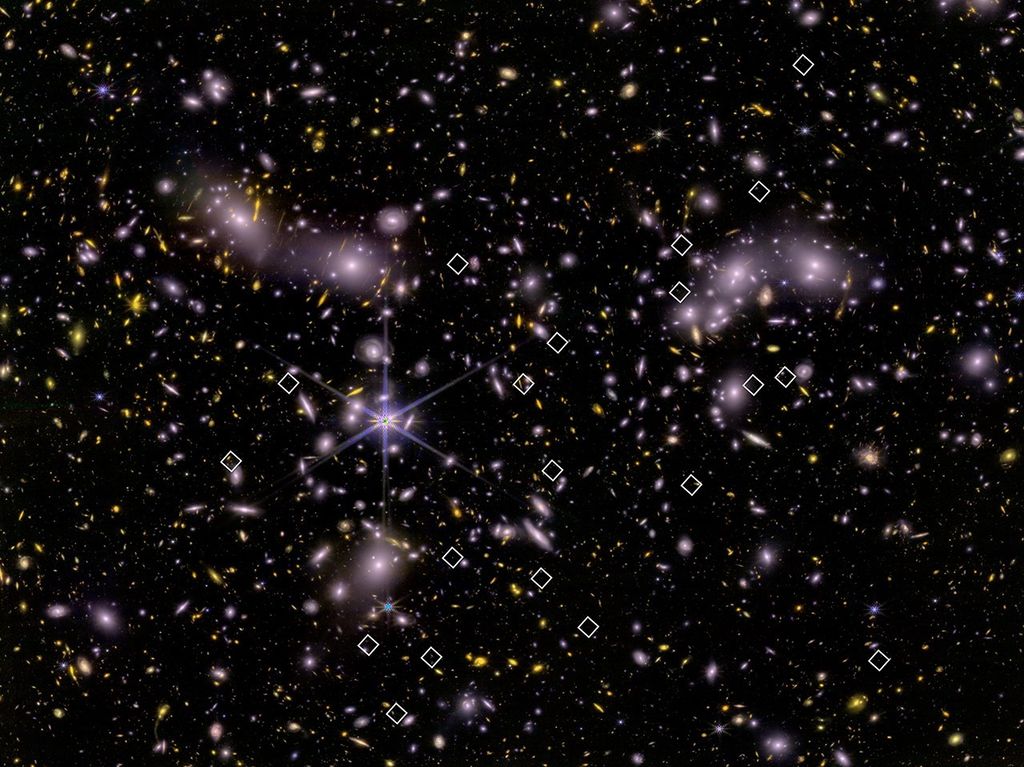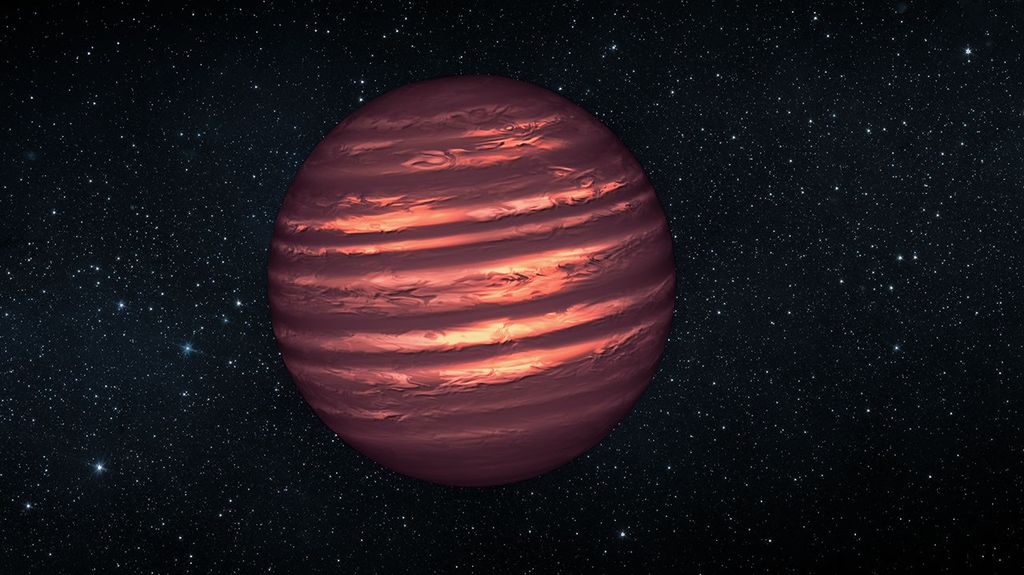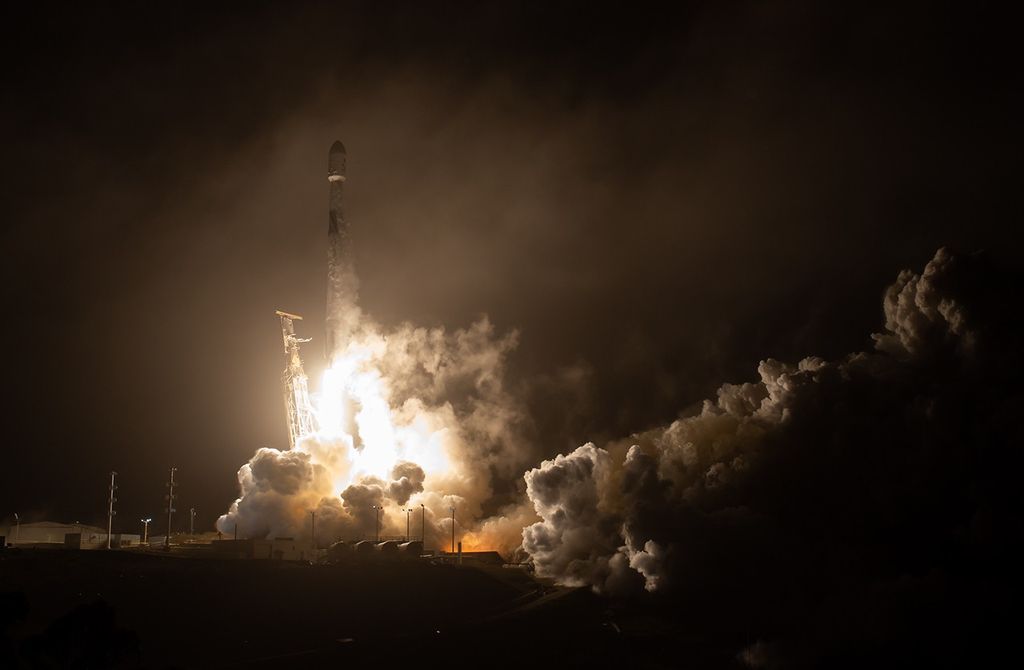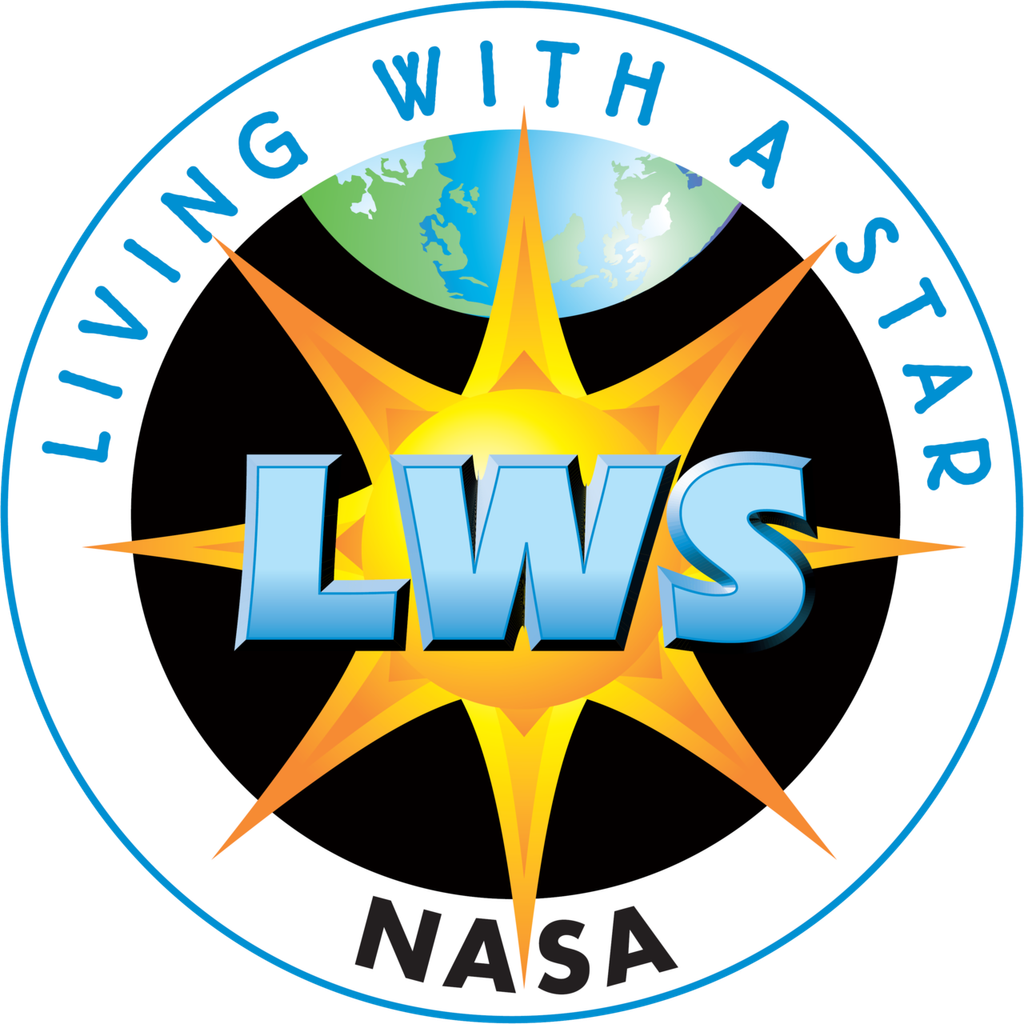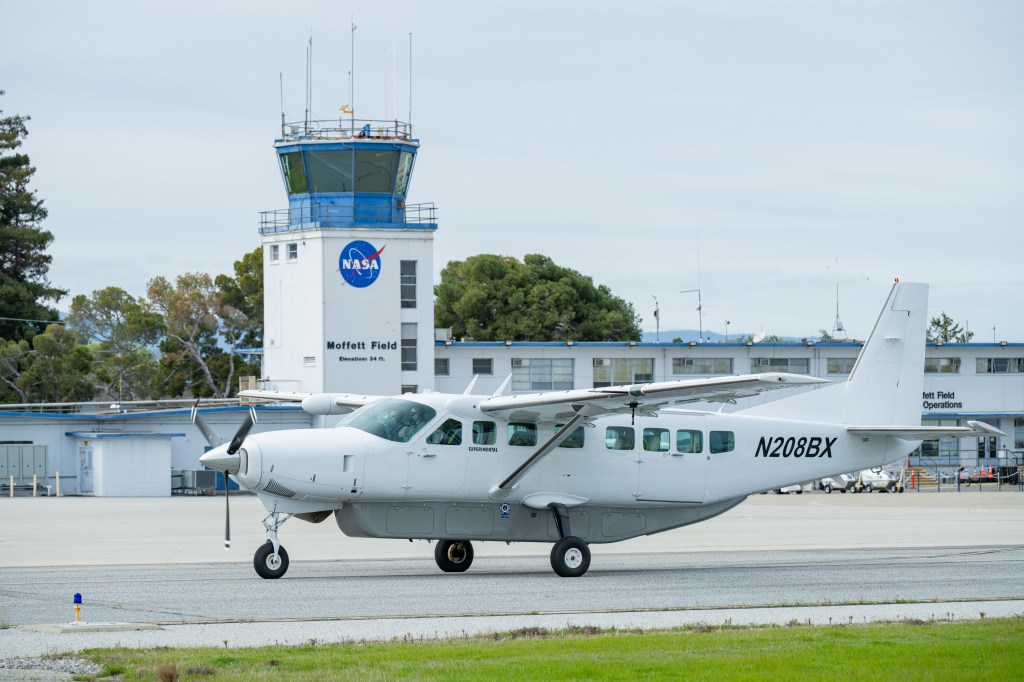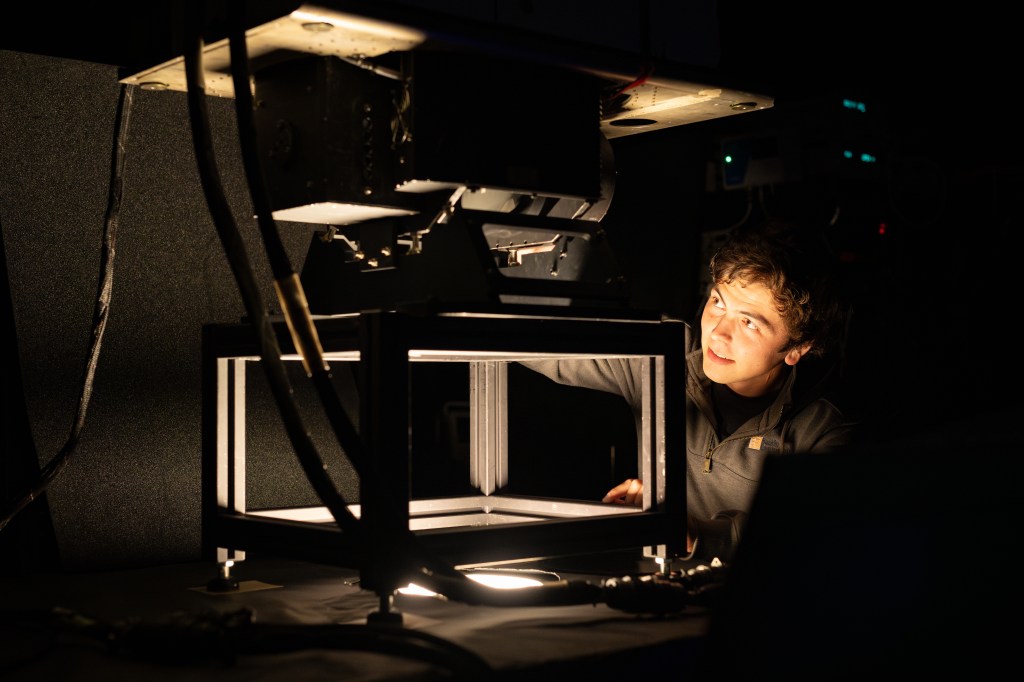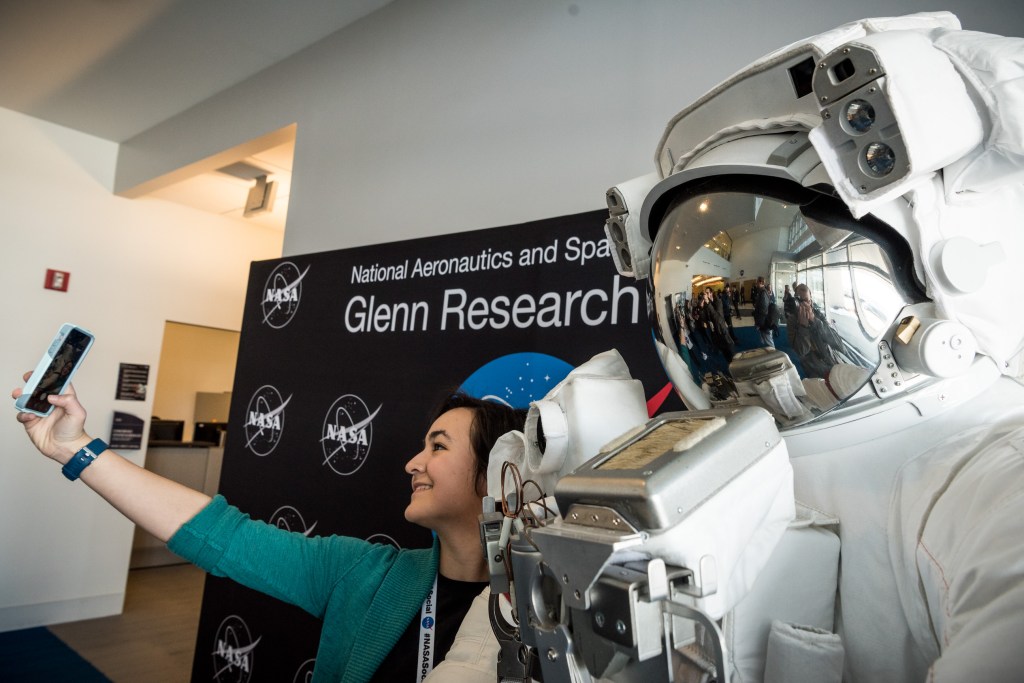1 min read
Compass and Scale Image for Jupiter’s Great Red Spot and Ganymede’s Shadow
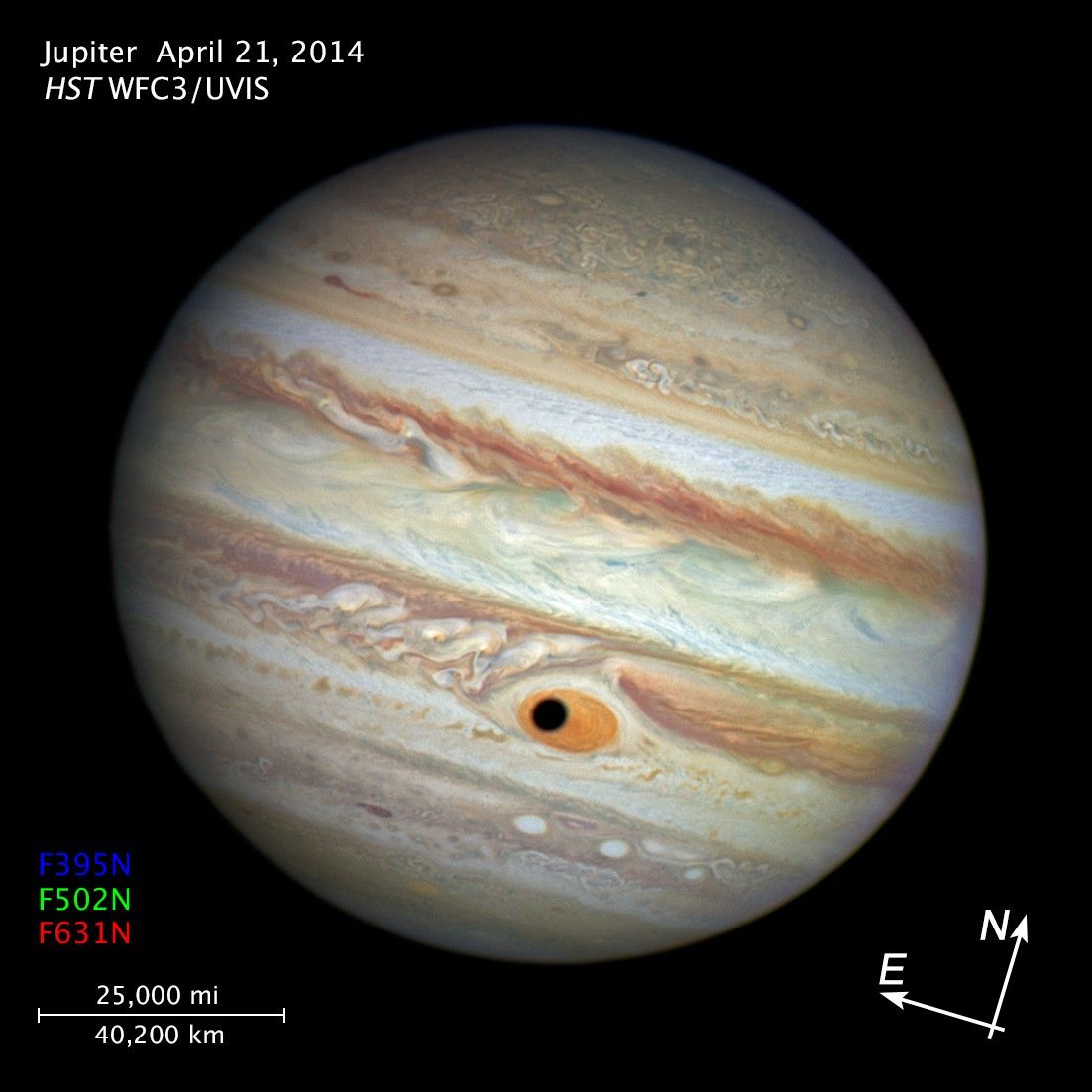
About the Object
- DistanceDistanceThe physical distance from Earth to the astronomical object. Distances within our solar system are usually measured in Astronomical Units (AU). Distances between stars are usually measured in light-years. Interstellar distances can also be measured in parsecs.The semi-major axis of Jupiter's orbit about the Sun is 5.2 astronomical units (483 million miles or 778 million km).
- DimensionsDimensionsThe physical size of the object or the apparent angle it subtends on the sky.Jupiter has a diameter of roughly 88,789 miles (142,984 km) at the equator.
About the Data
- Data DescriptionData DescriptionProposal: A description of the observations, their scientific justification, and the links to the data available in the science archive.
Science Team: The astronomers who planned the observations and analyzed the data. "PI" refers to the Principal Investigator.The image was created from Hubble data from proposal 13631: PI: A. Simon (NASA Goddard Space Flight Center), G. Orton (NASA Jet Propulsion Laboratory), J. Rogers (University of Cambridge, UK), and M. Wong and I. de Pater (University of California, Berkeley). - InstrumentInstrumentThe science instrument used to produce the data.HST>WFPC3/UVIS
- Exposure DatesExposure DatesThe date(s) that the telescope made its observations and the total exposure time.April 21, 2014
- FiltersFiltersThe camera filters that were used in the science observations.395nm, 502nm, and 631nm
- Object NameObject NameA name or catalog number that astronomers use to identify an astronomical object.Jupiter
- Object DescriptionObject DescriptionThe type of astronomical object.Planet
- Release DateOctober 28, 2014
- Science ReleaseHere’s Looking At You: Spooky Shadow Play Gives Jupiter a Giant Eye
- Credit

Blue: 395nm Green: 502nm Red: 631nm
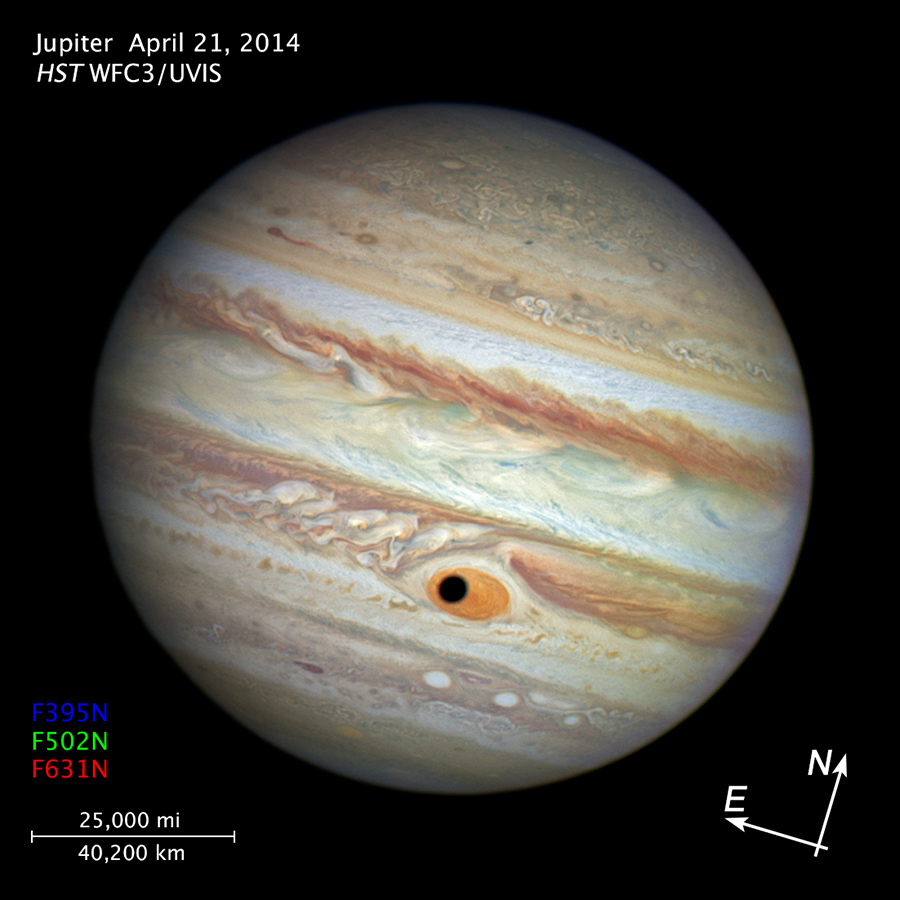
Related Images & Videos

Jupiter's Great Red Spot and Ganymede's Shadow
Hubble treats astronomers to gorgeous close-up views of the eerie outer planets. But it's a bit of a trick when it seems like the planet's looking back at you! This happened on April 21, 2014, when Hubble was being used to monitor changes in Jupiter's immense Great Red Spot...

Jupiter's Great Red Spot and Ganymede's Shadow (Full-Disk, Color)
Hubble treats astronomers to gorgeous close-up views of the eerie outer planets. But it's a bit of a trick when it seems like the planet's looking back at you! This happened on April 21, 2014, when Hubble was being used to monitor changes in Jupiter's immense Great Red Spot...

Full-Disk Jupiter (WFPC3/UVIS, April 21, 2014)
Hubble treats astronomers to gorgeous close-up views of the eerie outer planets. But it's a bit of a trick when it seems like the planet's looking back at you! This happened on April 21, 2014, when Hubble was being used to monitor changes in Jupiter's immense Great Red Spot...
Share
Details
Claire Andreoli
NASA’s Goddard Space Flight Center
Greenbelt, Maryland
claire.andreoli@nasa.gov

